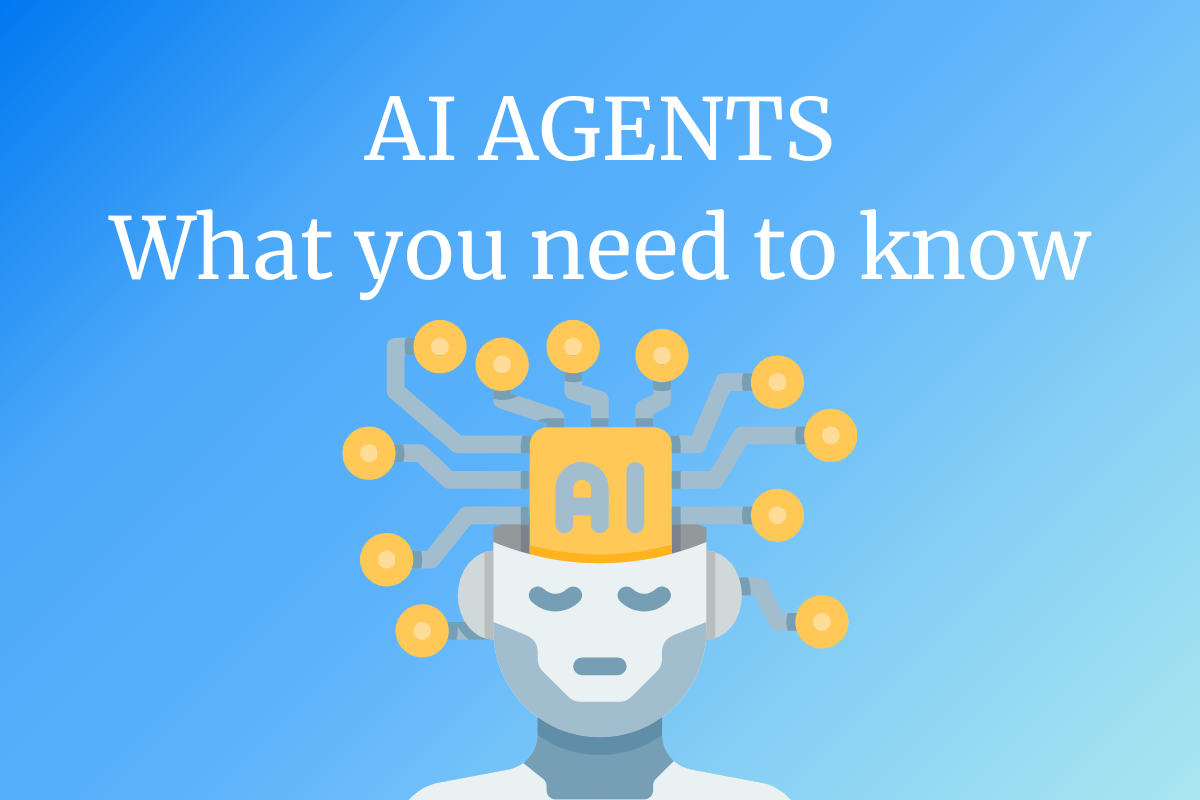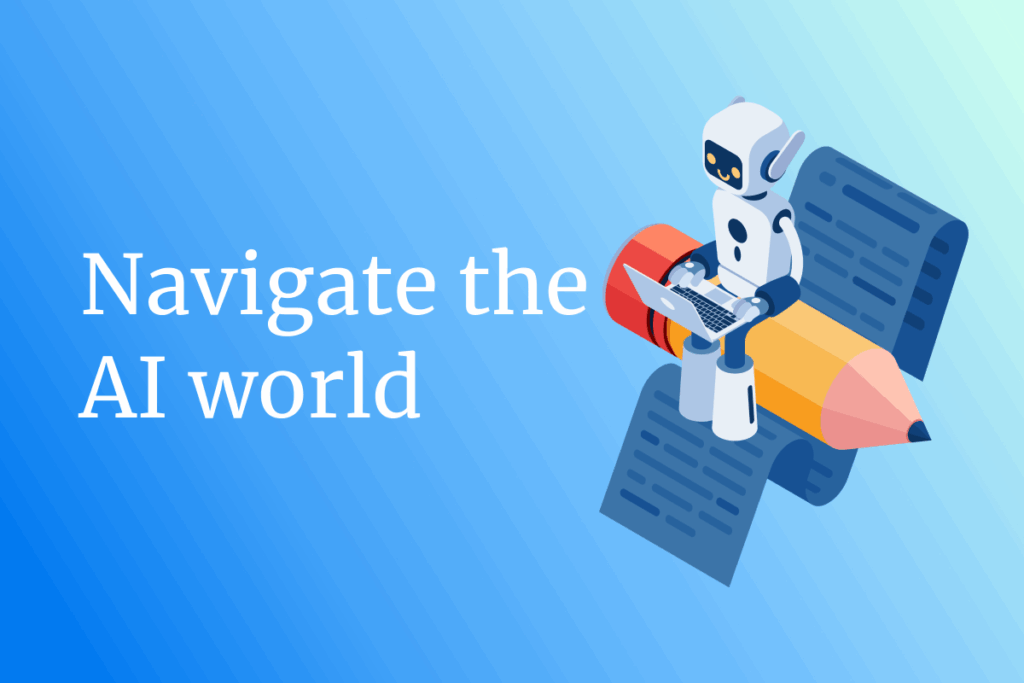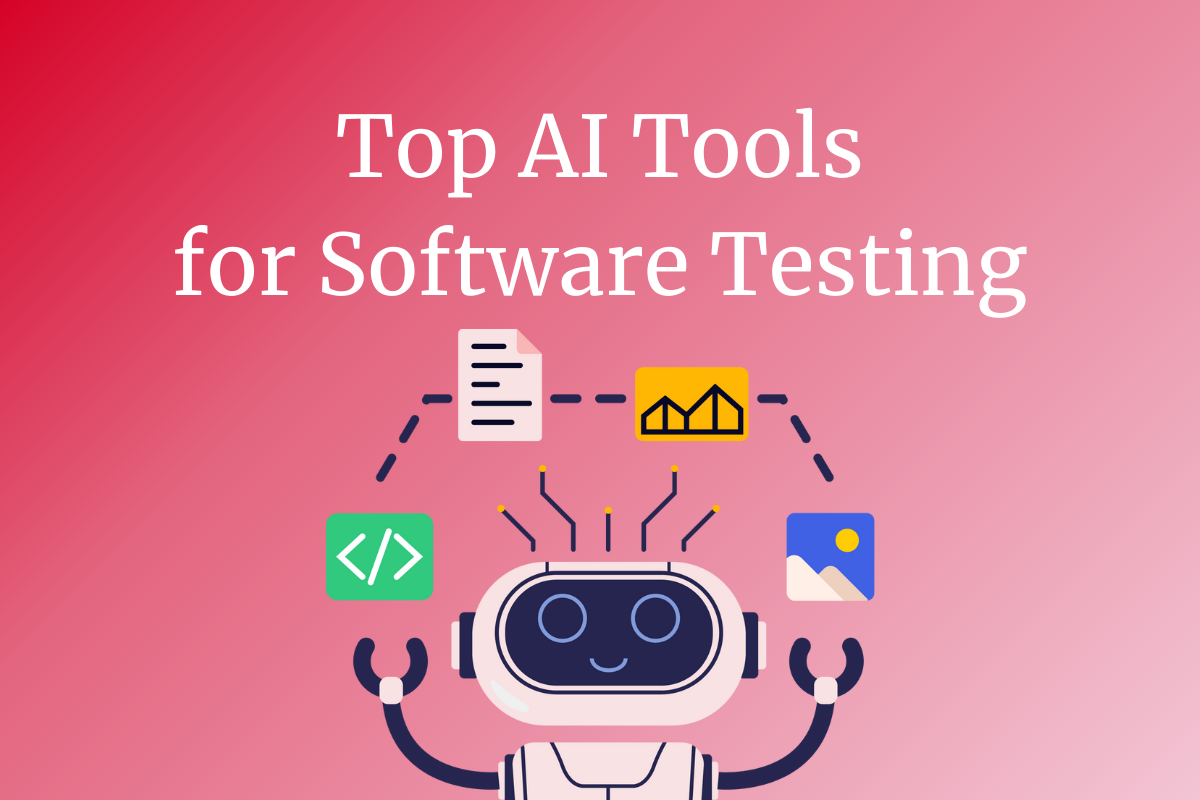As artificial intelligence agents become increasingly sophisticated, the question of autonomy has moved from theoretical discussion to practical implementation. As autonomous agents are increasingly integrated into various applications, such as healthcare, finance, and logistics, rigorous testing methodologies become essential to ensure their reliability and decision-making capabilities. Effective software testing not only validates an agent’s functionality but also empowers it to adapt and learn from complex scenarios, which is critical for maintaining high performance in real-world applications.
The significance of software testing in promoting agent autonomy lies in its ability to improve decision-making frameworks and facilitate continuous learning. Through comprehensive testing approaches, agents can be assessed on their capacity to make independent decisions, which is crucial in fast-paced situations where human intervention may not be feasible. Moreover, scenario-based testing and adaptive learning methods enable agents to gather feedback and refine their responses to novel challenges, thereby increasing their robustness and efficiency.
Understanding Agent Autonomy: From Reactive Tools to Independent Decision-Makers
What is an Autonomous Agent?
An autonomous agent is an advanced artificial intelligence (AI) system or software program designed to perform complex tasks independently, without the need for constant human intervention. It senses its environment, analyzes data, makes decisions, and takes actions to achieve specific goals dynamically and adaptively. Unlike traditional software that follows predetermined logic paths, autonomous agents possess the ability to reason, adapt, and make contextual decisions in dynamic environments. It’s fascinating to think about it, a sophisticated system that combines advanced machine learning techniques, natural language processing, computer vision, and cognitive computing.
Autonomous AI agents have several key characteristics that set them apart from other AI systems:
- Autonomy: They can operate independently and make decisions without the need for constant human oversight.
- Reactivity: They can quickly respond to changes in their environment.
- Proactivity: They have the ability to take initiative and pursue goals on their own.
- Social Ability: They can interact effectively with other agents or humans.
- Learning Capacity: They can improve their performance through experience.
The spectrum of agent autonomy can be understood across five distinct levels, each requiring increasingly sophisticated testing approaches:
| Level | Degree of Autonomy | Description | Human Role |
| 0 | No autonomy | The system requires human input for every decision and action. | Full control |
| 1 | Assistance | The system can perform a single, specific task under human supervision. | Operator |
| 2 | Partial autonomy | The system can handle multiple tasks and routine decisions independently, but requires constant monitoring and human approval for significant actions. | Co-pilot |
| 3 | Conditional autonomy | The agent operates independently within defined parameters, calling for human intervention only in exceptional circumstances. | Supervisor |
| 4 | High autonomy | The agent manages complex scenarios independently and can handle most contingencies without human intervention. | Observer |
| 5 | Full autonomy | The agent operates completely independently across all operational domains like a human. This level is still largely theoretical. | Not required |
Core Components of Agent Autonomy
Modern autonomous agents are built on a sophisticated system architecture where each component works in harmony.

Perception System
This foundation serves as the agent’s interface with the external environment. It encompasses sensors for data collection, ingestion systems for processing multiple data streams, signal processing capabilities for filtering and interpreting raw data, and environmental parsing modules that transform sensory input into actionable information.
Testing Focus: Perception layer testing must validate sensor accuracy across diverse conditions, data fusion algorithms, signal-to-noise ratio optimization, and environmental interpretation consistency. Critical tests include sensor failure scenarios, data corruption handling, and multi-modal input integration.
Knowledge Base
This component stores and organizes the agent’s understanding of its operational domain. Domain knowledge encompasses rules, facts, and relationships specific to the agent’s field of operation. Historical data provides context from past experiences and outcomes. Rules and constraints define operational boundaries and ethical guidelines. Learned patterns represent insights gained through experience and training.
Testing Focus: Knowledge base testing involves verifying data integrity, knowledge consistency, rule conflict resolution, constraint enforcement, and pattern validity. Critical areas include knowledge update mechanisms, consistency maintenance, and retrieval accuracy under various query conditions.
Planning
The planning component serves as the agent’s “brain,” where higher-order thinking takes place. Situational awareness modules combine perception data to create a comprehensive understanding of the environment. This component analyzes the information it perceives against stored knowledge, identifies patterns and relationships in the data, evaluates potential actions, and manages uncertainty and incomplete information. In essence, it functions similarly to the human brain.
Testing Focus: testing requires validation of reasoning accuracy, decision consistency under uncertainty, goal prioritization logic, planning effectiveness across scenarios, and learning convergence. Advanced testing includes adversarial scenarios, ethical boundary validation, and multi-objective optimization assessment.
Decision-Making
The Decision-Making engine selects the next action based on:
- Evaluation of Candidate Actions: Using utility functions or reward estimates
- Policy Execution: Leveraging pre-trained policies (e.g., via reinforcement learning)
- Conflict Resolution: Balancing competing goals or constraints
Action
The action component translates decisions into concrete behaviors. Action planning modules develop specific steps to implement cognitive decisions. Resource allocation systems manage computational, physical, and temporal resources efficiently. The execution engine coordinates the actual implementation of planned actions. Output controllers interface with external systems, devices, or other agents to manifest the agent’s decisions in the real world.
Testing Focus: Action component testing must validate plan feasibility, resource optimization, execution reliability, and output accuracy. Key testing areas include resource conflict resolution, action sequencing, failure recovery, and external interface reliability.
The Role of Software Testing in Agent Development
The Autonomy Trust Gap
Before we can grant an AI agent more independence, we must trust it. Autonomy isn’t just about capability; it’s about predictable and reliable performance. Rigorous testing is the primary mechanism for building this trust. By validating an agent’s core logic, decision-making models, and responses to a vast array of inputs, testing proves that the agent will behave as expected.
Every test case that passes is a piece of evidence demonstrating the agent’s reliability. This verification is non-negotiable. As AI pioneer Stuart Russell, co-author of Artificial Intelligence: A Modern Approach, emphasizes, the challenge is ensuring AI systems are “provably beneficial” to humans. This provability is achieved through exhaustive testing, which confirms that an agent’s actions align with its intended goals and safety parameters. Without this tested foundation of reliability, increasing autonomy would be an act of recklessness.
The Economic Imperative
The cost of unreliable autonomous agents extends beyond simple malfunction. Like RainforestQA pointed out, their teams spend an average of 55% of their test automation effort on maintenance. This unsustainable maintenance burden has led many organizations to abandon automation efforts entirely, resulting in millions of dollars in lost productivity and innovation potential.
When autonomous agents fail in production, the consequences multiply. Unlike traditional software failures that typically affect single processes or users, autonomous agent failures can cascade through interconnected systems, making decisions that compound errors across multiple domains. Robust testing protocols serve as the primary defense against these systemic failures.
Verifying Complex and Ethical Decision-Making
As agents become more autonomous, they face increasingly complex and ethically ambiguous situations. How should a medical diagnostic AI weigh conflicting patient data? How should an autonomous drone prioritize targets in a rescue mission? Simply testing for bugs is not enough; we must test the agent’s reasoning.
Advanced techniques like formal verification and model checking are used to mathematically prove that an agent’s behavior will always remain within a set of predefined safety and ethical constraints. This is critical for high-stakes applications. According to a report from the Stanford Institute for Human-Centered Artificial Intelligence (HAI), a key area of research is “developing rigorous techniques for assuring the reliability and safety of AI systems.” These techniques are essentially specialized forms of testing designed to validate the very logic that underpins an agent’s autonomy.
Enabling Safe Exploration and Learning
Many advanced agents learn and adapt through interaction with their environment, a key component of autonomy. However, learning in the real world can be dangerous and costly. A self-driving car cannot learn to avoid pedestrians by hitting them. Testing provides a solution through sophisticated simulation environments.
These digital sandboxes allow agents to experience millions of scenarios in a fraction of the time and at zero physical risk. Methodologies like reinforcement learning validation, fuzz testing (inputting invalid or random data), and adversarial testing (creating worst-case scenarios) are used to push the agent to its limits.
The data backs this up. Autonomous vehicle companies, for instance, lean heavily on simulation. Waymo, a leader in the field, reported testing its software over 20 billion miles in simulation by 2021. This massive-scale testing allows the agent to learn from countless “failures” in a safe, virtual world, making its real-world autonomous actions exponentially safer and more robust. Each simulated failure is a lesson that hardens the agent’s decision-making capabilities.
The Data-Driven Feedback Loop for Continuous Improvement
Finally, testing is not a one-time gate. It is a continuous, data-driven feedback loop that allows for the iterative expansion of an agent’s autonomy. In modern development, practices like Continuous Integration and Continuous Deployment (CI/CD) create a pipeline where agents are constantly tested, refined, and redeployed.
Data gathered from both simulated and real-world testing provides invaluable insights into an agent’s performance. Developers use this data to identify weaknesses, refine algorithms, and incrementally grant the agent more responsibility. Industry data from firms like McKinsey shows that organizations integrating AI with strong DevOps and testing practices significantly accelerate the performance and reliability improvements of their models. This iterative cycle of test-learn-improve-deploy is what allows an agent to “earn” its autonomy over time.
The Rise of Agentic AI Testing
Agentic testing, which involves augmenting software testers with AI agents throughout the testing lifecycle, significantly enhances the effectiveness of software testing practices. The emergence of “Agentic AI Testing” represents a paradigm shift where testing systems themselves become autonomous. This creates a virtuous cycle where autonomous testing systems validate and improve other autonomous systems.
These intelligent testing platforms can adapt their validation strategies based on observed agent behaviors, identifying edge cases and failure modes that traditional testing would miss. They operate continuously, providing real-time validation as agents learn and evolve.
Challenges in Software Testing for Autonomous Agents
Autonomous agents present unique challenges in software testing due to their dynamic and unpredictable nature. Traditional testing methods often fall short in accommodating the complexity of these agents, leading to several key issues that need to be addressed.
Complexity of Testing Dynamic Behavior
Testing software agents is particularly critical because they exhibit dynamic behavior that can change in response to different inputs and contexts. The inherent unpredictability of these interactions complicates the evaluation process, as traditional testing frameworks typically rely on static test cases with predetermined inputs and expected outputs. This limitation necessitates the development of new testing environments that can simulate real-world scenarios where AI agents must adapt to changing conditions and user behaviors.
Limitations of Traditional Testing Frameworks
Traditional software testing frameworks are often insufficient for assessing autonomous agents. They are designed for deterministic outputs, making it difficult to validate the performance of agents that rely on adaptive learning mechanisms. As a result, testing methodologies must evolve to include dynamic environment performance testing, which evaluates agents under conditions that mimic the variability and unpredictability of real-world applications. This includes the introduction of progressively complex scenarios to ensure agents can handle a wide range of inputs effectively.
Integration and Scalability Issues
The integration of autonomous agents into existing systems can also pose significant challenges. Many agents operate within multi-agent systems, where interactions among multiple agents can lead to emergent behaviors that are difficult to predict or validate using conventional testing methods. Additionally, the computational demands of certain types of agents can hinder performance and scalability, as deliberative or hybrid agents may require substantial resources to process complex decision-making tasks efficiently.
Ensuring Security and Reliability
Security and reliability are paramount concerns when testing autonomous agents, particularly in sensitive or critical applications. Agents operating without appropriate safeguards risk making unintended decisions that could lead to adverse outcomes. Therefore, testing must incorporate measures to assess the transparency and explainability of the agents’ decision-making processes to build trust in their reliability.
Adaptability and Learning Limitations
Another significant challenge in testing autonomous agents is their ability to learn and adapt over time. While many agents can improve their performance based on past interactions, those with restricted decision-making capabilities may struggle to adjust to unfamiliar or complex situations. This limitation necessitates the implementation of robust testing frameworks that not only assess current capabilities but also evaluate how agents evolve in response to new challenges and inputs.
Future Directions
As the landscape of software testing continues to evolve, several key trends and advancements are poised to shape the future of agent autonomy within the testing framework.
Integration of Autonomous Agents
The increasing adoption of autonomous agents in software testing promises to enhance the efficiency and effectiveness of the testing process. These agents operate with a high degree of independence, enabling them to adapt to changing conditions and user preferences without requiring constant human intervention. By leveraging machine learning algorithms, autonomous testing agents can continuously improve their performance based on historical data and user interactions, thus refining their testing capabilities over time.
Hybrid Architectures
Future advancements in software testing will likely see a greater emphasis on hybrid architectures that combine reactive and deliberative approaches. This integration allows testing agents to respond quickly to immediate challenges while also engaging in strategic planning for long-term testing goals. For instance, an autonomous testing agent could swiftly address a newly identified bug while simultaneously adjusting its testing strategy to account for evolving user requirements and application changes.
Enhanced Learning Mechanisms
Learning agents will play a crucial role in the future of software testing, as they can adapt their behavior based on accumulated experience. This capability will lead to more accurate and comprehensive test case generation, ensuring that testing processes remain aligned with real-world user interactions. By analyzing vast datasets from application logs and user behavior, these agents can create test scenarios that reflect actual usage patterns, ultimately improving the relevance and quality of the testing outcomes.
Continuous Integration and Deployment
The integration of autonomous agents into Continuous Integration and Continuous Deployment (CI/CD) pipelines will further streamline the software testing lifecycle. With real-time feedback on code quality and test results, these agents will ensure that only high-quality code is deployed, leading to faster release cycles and enhanced software reliability. The ability of AI agents to execute comprehensive tests in a fraction of the time required by traditional methods will empower development teams to respond swiftly to market demands while maintaining high standards of quality.
Improved Defect Detection
Future software testing paradigms will also witness significant advancements in defect detection. Autonomous agents equipped with sophisticated analysis capabilities will be able to identify potential defects with greater accuracy than traditional testing approaches. By utilizing advanced techniques such as natural language processing, these agents will streamline the conversion of user requirements into automated test scripts, thereby.
Conclusion: Testing as the Gateway to True Autonomy
As we advance toward 2028, when Gartner predicts AI agents will make 15% of daily work decisions autonomously, the organizations with the most sophisticated testing regimens will be able to push that percentage much higher. In the race for AI advantage, comprehensive testing isn’t just a competitive advantage – it’s the foundation that makes meaningful autonomy possible.
The promise of autonomous AI agents lies not in their theoretical capabilities, but in their demonstrated reliability under real-world conditions. Software testing serves as both the validator of current performance and the enabler of future autonomy. Organizations that recognize testing as an investment in autonomy – rather than simply a quality assurance activity – will lead the next wave of AI-driven transformation.
The future belongs to those who can prove their agents are ready for independence. That proof comes through rigorous, intelligent, and continuous testing that validates not just what agents can do, but what they should do when given the freedom to act autonomously.
ContactContact
Stay in touch with Us




